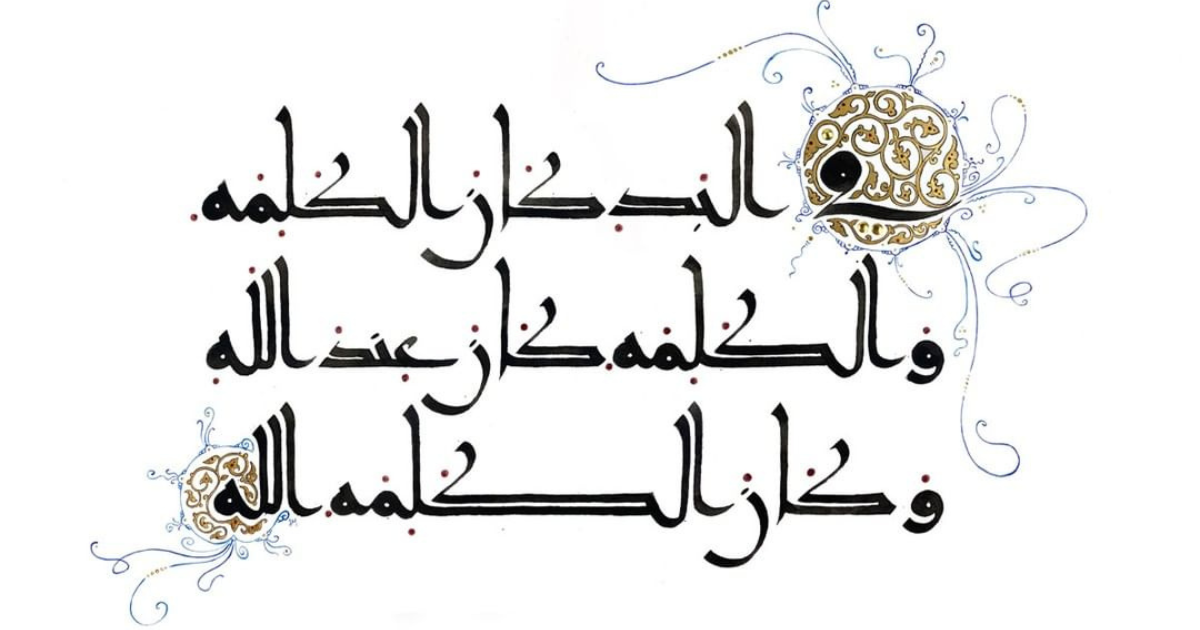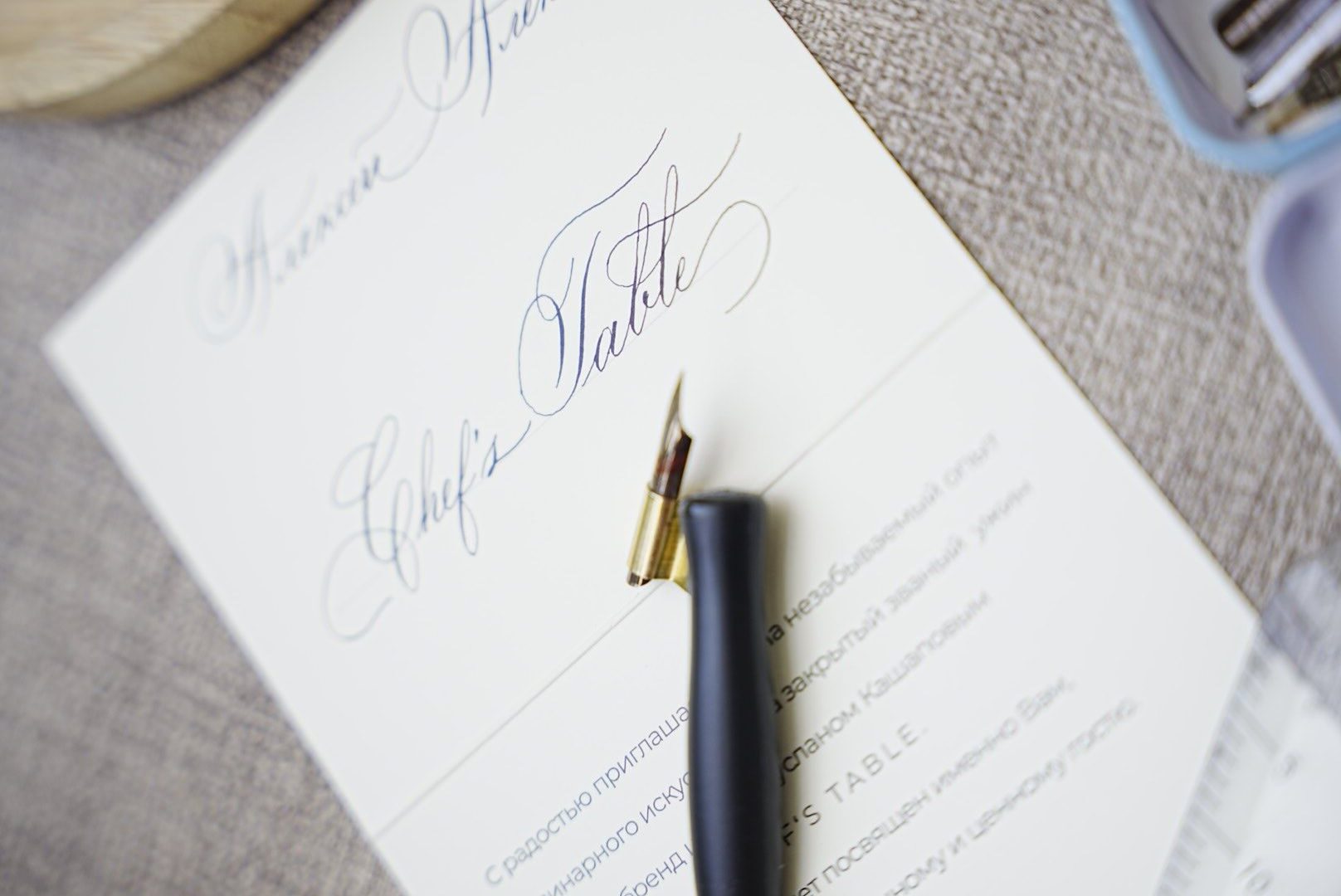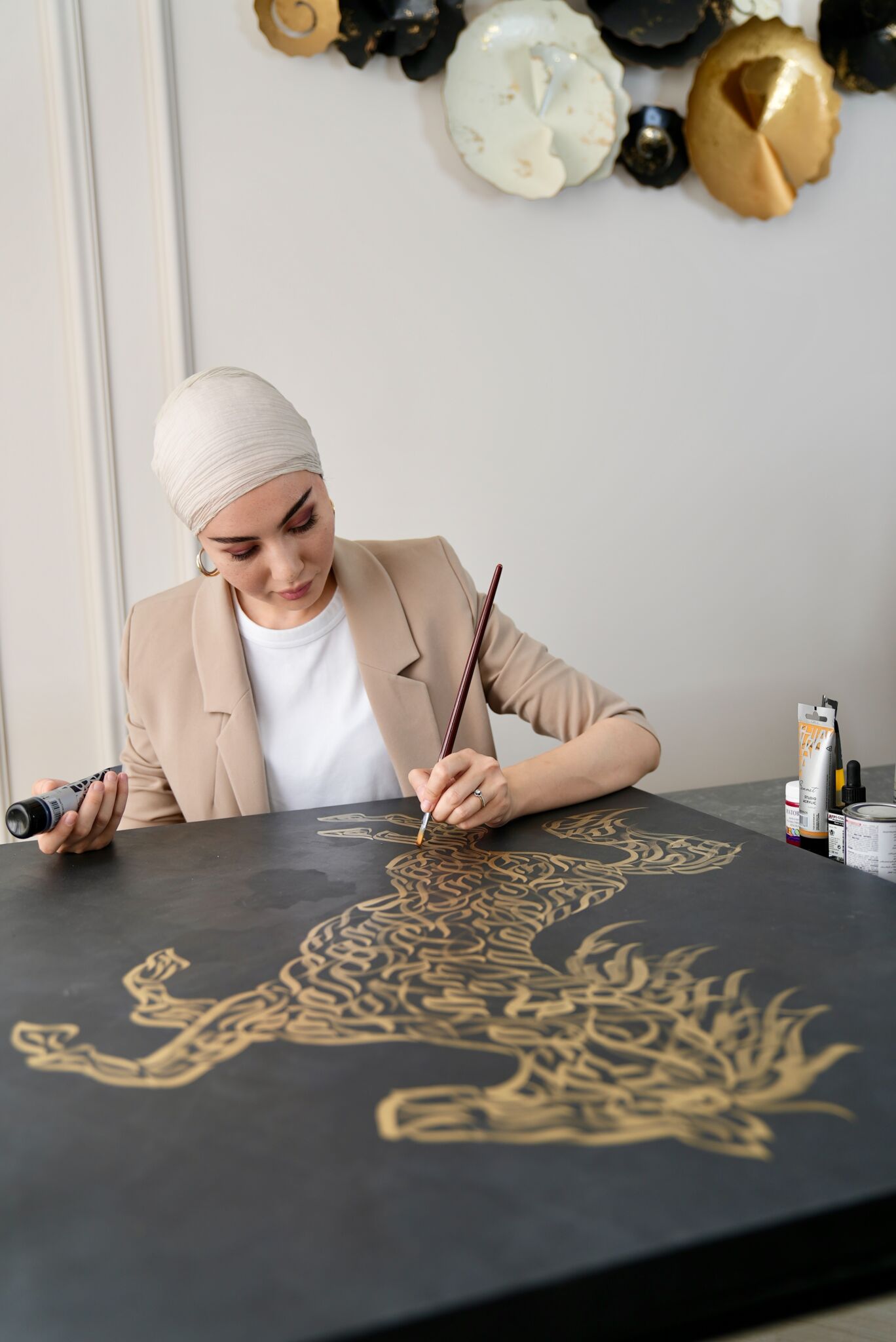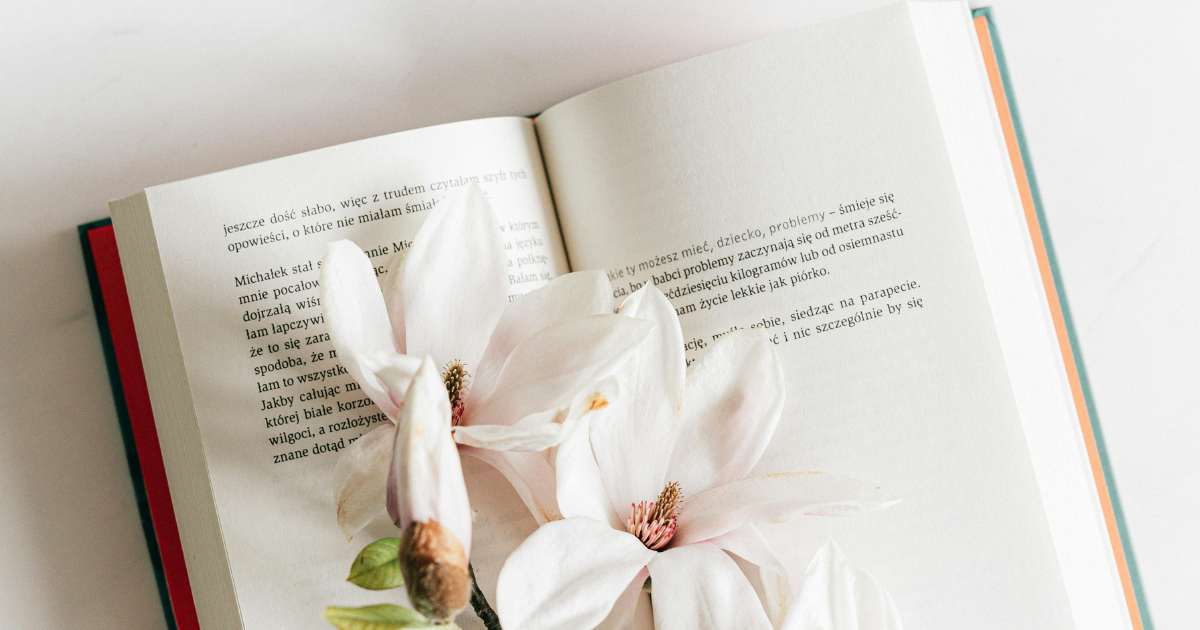Frozen poetry
Calligraphy – beauty in every letter

What is calligraphy?
If you're asking this question, you're in the right place. In short, calligraphy is the art of creating aesthetically pleasing and beautiful symbols, as well as the proper placement of these symbols on a writing surface.
Letters are arranged and written in such a way that the result is a visual full of harmony, rhythm, and creativity. This is the essence of calligraphy. It is more than just creating text by decorating letters.
Gold and silver are often used in the creation of calligraphic inscriptions, but these are merely supplementary elements of calligraphy. The main focus is on the beautiful writing and arrangement of the symbols (letters).
In other words, plain text written in computer fonts is like the bones and muscles of a body. Calligraphic text, on the other hand, is like a refined evening gown or tuxedo over that body.
Calligraphy is more than just beautiful handwriting.
Calligraphy, derived from the ancient Greek words "kalós" and "grafí," means "beautiful writing." But today, it is something more. The primary purpose of writing is to quickly take notes, where beauty is less important than speed.
However, the main purpose of calligraphy is to create an artistic reaction that extends from the artist to the viewer, fostering an aesthetic experience in the observer.
Writing letters and words is also a significant subject in calligraphy. In this context, it would be incorrect to associate it solely with handwriting. Today, the application of the art of calligraphy is vast: graffiti, sign making, typography, graphic design, and more.
How many types of calligraphy exist?
There are three main types of calligraphic art:
- East Asian
- Western (European)
- Arabic
In Uzbekistan, the art of calligraphy is still revered today. Renowned calligraphers, who master the secrets of this art, teach those who wish to learn and participate in exhibitions, thus proving that this craft continues to thrive. Among such masters are the talented calligraphers Ekaterina Ligai and Shakhnoza Kadyrova.
Ekaterina Ligai

Ligay Yekaterina Photo: Regina Kim
Ekaterina Ligai has been practicing calligraphy since 2019, teaching and creating commissioned works. She specializes in Latin calligraphy, including styles such as Copperplate, Spencerian, Italic, and others.
"My calligraphy journey began with a search for myself. Who would have known that one video of a calligrapher on Instagram would become the starting point and the first step on my path to discovering myself and a new art form? I didn't start practicing immediately; it wasn't until 2019 that I found the right tools and a mentor. It was not easy, as calligraphy wasn't as developed, and few people knew about it, so at first, I had to learn everything on my own.

Photo: Bota Razakova
Thanks to my skills, I work on projects of national importance, create love letters, design invitations and cards for brands, and share my knowledge with students. Calligraphy is not just the art of beautiful writing; it is an excellent tool that helps develop brain plasticity, fine motor skills, attention, and concentration. It also allows for relaxation and, as is trendy to say now, slowing down and grounding."
Shakhnoza Kodirova is a calligrapher whose work combines modern Arabic script with abstraction.

Shaxnoza Qodirova. Photo: Dildora Zakirova
"My first love for letters began in Samarkand. When I first saw the historical inscriptions on architectural monuments, I felt an incredible warmth in my heart. I started dreaming of letters: I would read and translate them in my dreams. Then I thought that if I didn't start learning calligraphy, this would continue, so I decided to find a teacher.

Photo: Dildora Zakirova
I began taking lessons from Joumana Medlej, a Lebanese artist-calligrapher from England. But I decided not to stop there and continued my studies with well-known experts in Arabic calligraphy in Uzbekistan — Salimjon Badalbaev and Fazliddin Polatov. As my experience grew, I finally found the style I use today. I enjoy combining abstraction and calligraphy."
Нильс Шу Мельман, Эль Сид, Ретна и Ростарр в своих произведениях смешивают каллиграфию и граффити.
В чём важность каллиграфии сегодня?
Можно сказать, что в результате технологического развития компьютерные экраны заменили бумагу и, следовательно, письмо. Но, несмотря на это, каллиграфия, имеющая глубокие корни, продолжает идти наперекор времени и находит новых поклонников.
В этом контексте можно смело отметить, что ни одно технологическое устройство, ни один смартфон не могут затмить прелесть превращения букв в произведение искусства, которые оживают от рук каллиграфов.


